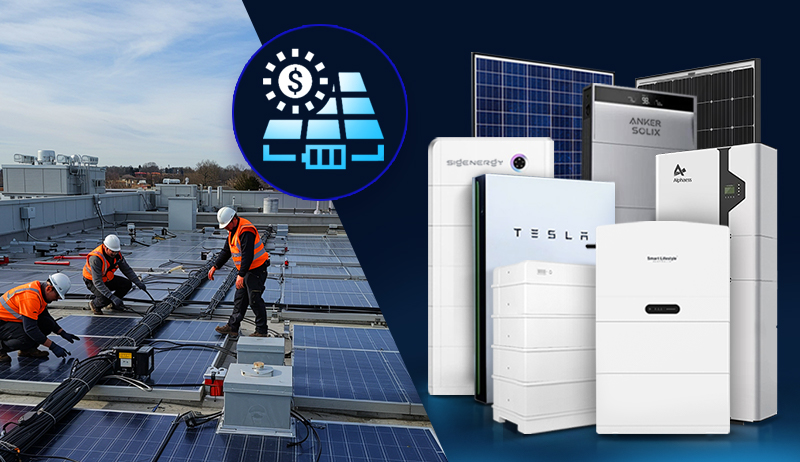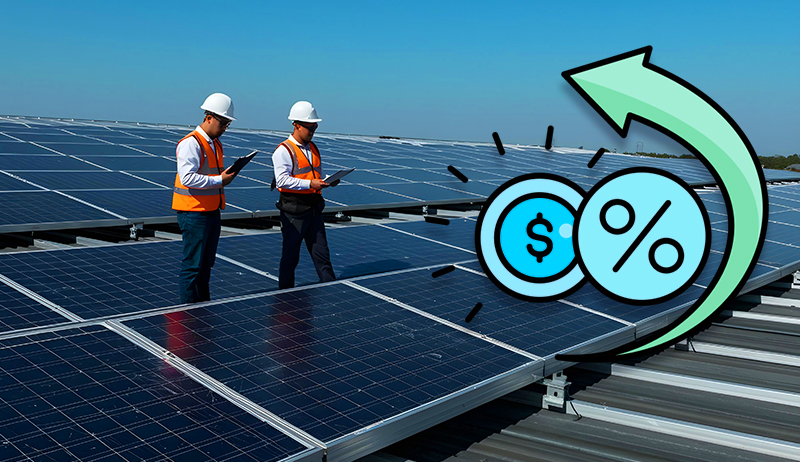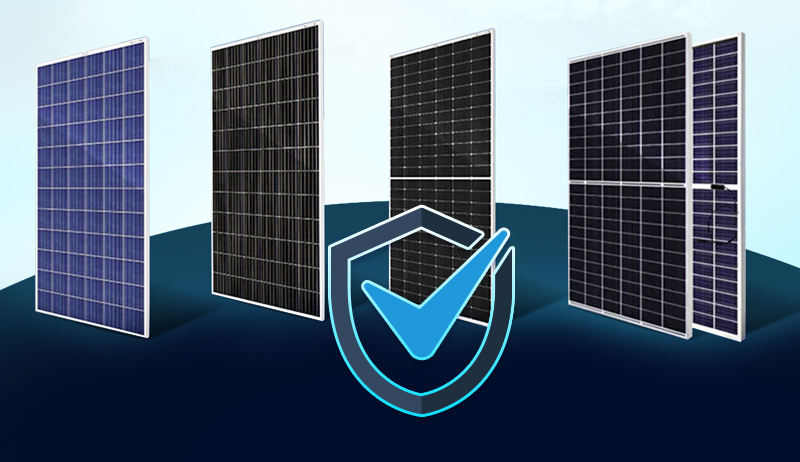Harnessing the Wind Down Under: A Look at Australia’s Wind Farm Industry
Australia, with its vast coastlines and open plains, boasts one of the world’s most promising landscapes for harnessing wind energy.
From the blustery south to the tropical north, wind farms are increasingly dotting the Australian landscape, contributing significantly to the country’s renewable energy ambitions. This article delves into the exciting world of wind power in Australia, exploring its growth, impact, and future potential.
Wind Energy on the Rise: A Statistical Snapshot
As of 2023, Australia has 94 operational wind farms, with a combined installed capacity of 16 gigawatts (GW). This translates to generating enough electricity to power over 7.1 million homes, contributing around 7.1% of the nation’s total electricity demand. The industry is experiencing continued growth, with several projects in the pipeline expected to add significant capacity in the coming years.
Here’s a table summarizing key statistics of Australia’s wind farm industry:
| Statistic | Value |
|---|---|
| Number of operational wind farms | 94 |
| Installed capacity | 16 GW |
| Homes powered | 7.1 million |
| Share of national electricity demand | 7.1% |
| Average capacity factor | 34% |
| Wind energy investment (2021-2022) | $5.3 billion |
Table 1: Key Statistics of Australia’s Wind Farm Industry
These statistics highlight the significant contribution of wind energy to Australia’s energy mix. However, there’s still room for growth. The Australian Renewable Energy Agency (ARENA) estimates that wind energy has the potential to reach 60 GW of capacity by 2030, representing a substantial increase in its contribution to the country’s energy security and sustainability goals.
Leading the Charge: Key Wind Farm Projects
Several notable wind farm projects across Australia are leading the charge in renewable energy generation:
- Stockyard Hill Wind Farm (Victoria): With a staggering capacity of 530 MW, this is currently Australia’s largest wind farm, capable of powering over 380,000 homes.
- Taralga Wind Farm (New South Wales): Featuring 34 turbines boasting 106.8 MW of capacity, this wind farm provides clean energy to over 80,000 homes.
- Walkaway Wind Farm (Western Australia): This impressive 90 MW wind farm harnesses the strong winds of Western Australia’s Mid West region, powering almost 50,000 homes.
- Waterloo Wind Farm (South Australia): Located in the state known for its renewable energy leadership, this 111 MW wind farm contributes significantly to South Australia’s clean energy goals.
These are just a few examples, with numerous other wind farms playing vital roles in Australia’s energy landscape.
Beyond Numbers: The Impact of Wind Energy
The growth of wind farms in Australia extends beyond statistics, bringing tangible benefits to the environment, economy, and communities:
- Environmental benefits: Wind energy is a clean source of power, reducing greenhouse gas emissions and air pollution compared to traditional fossil fuel sources.
- Economic benefits: The wind farm industry creates jobs in construction, operation, and maintenance, contributing to regional economies.
- Community benefits: Wind farms can provide land lease payments to landowners, while some offer community ownership opportunities, fostering local engagement.
However, like any large-scale development, wind farms also face challenges, including concerns about visual impact on landscapes, potential impact on wildlife, and ensuring community engagement throughout the development process.
Looking Ahead: The Future of Wind Power in Australia
With its vast wind resource potential and ambitious renewable energy targets, Australia’s wind farm industry is poised for continued growth. Several factors are driving this momentum:
- Policy support: The Australian government has set ambitious renewable energy targets and implemented policies that favor renewable energy development.
- Technological advancements: Advancements in wind turbine technology are leading to larger, more efficient turbines, which reduces the cost of generating wind energy.
- Public demand: There is growing public support for renewable energy, with many Australians seeking clean and sustainable energy sources.
Looking ahead, we can expect to see the following trends shaping the future of wind power in Australia:
- Increased offshore wind development: While primarily onshore currently, Australia has significant offshore wind potential, with several projects in the pipeline.
- Integration with other renewable energy sources: Wind farms will increasingly be integrated with other renewable energy sources like solar, creating a more resilient and diverse energy grid.
- Focus on community engagement: Ongoing efforts to ensure transparent communication and address community concerns will be crucial for the continued success of wind farm development.
https://www.exaputra.com/2024/02/a-look-at-australias-wind-farm-industry.html
Renewable Energy
ACORE Applauds Maryland Gov. Moore’s New Executive Order on Energy Affordability and Reliability
-
Grid Infrastructure -
Policy -
Siting & Permitting Reform -
Technology -
Press Releases
ACORE Applauds Maryland Gov. Moore’s New Executive Order on Energy Affordability and Reliability
ACORE Applauds Maryland Gov. Moore’s New Executive Order on Energy Affordability and Reliability
FOR IMMEDIATE RELEASE
Dec. 19, 2025
WASHINGTON, D.C. — The American Council on Renewable Energy (ACORE) issued the following statement from ACORE President and CEO Ray Long in response to Governor Wes Moore’s announcement of new initiatives to build an affordable and reliable energy future for Maryland.
“ACORE applauds Gov. Wes Moore for setting forth a new series of energy initiatives that seek to stabilize energy bills while ensuring grid reliability and efficiency for Marylanders. In particular, ACORE commends key provisions in the order to increase the deployment of advanced transmission technologies; streamline the siting and permitting of high-voltage transmission, energy storage, and other infrastructure; advance wholesale market reforms; and more. As the country enters a new era of electricity demand, initiatives like Gov. Moore’s will facilitate significant progress toward building a modern and reliable grid needed to maintain economic competitiveness and keep the lights on,” said ACORE President and CEO Ray Long.
###
ABOUT ACORE
For over 20 years, the American Council on Renewable Energy (ACORE) has been the nation’s leading voice on the issues most essential to clean energy expansion. ACORE unites finance, policy, and technology to accelerate the transition to a clean energy economy.
For more information, please visit http://www.acore.org.
Media Contacts:
Stephanie Genco
Senior Vice President, Communications
American Council on Renewable Energy
communications@acore.org
The post ACORE Applauds Maryland Gov. Moore’s New Executive Order on Energy Affordability and Reliability appeared first on ACORE.
https://acore.org/news/acore-statement-on-gov-wes-moores-new-energy-executive-order/
Renewable Energy
Meat–It’s What’s for Dinner, if You Don’t Care about the Animals or the Planet
 We often hear meat-eaters say things like, “If beef isn’t good, why do the manufacturers of plant-based burgers try so hard to make their burgers taste like real meat?”
We often hear meat-eaters say things like, “If beef isn’t good, why do the manufacturers of plant-based burgers try so hard to make their burgers taste like real meat?”
There is no doubt that cow and pig meat tastes and smells great; every vegan on Earth will tell you that.
The problem lies elsewhere, in a) the environmental impact of clearing the rainforests to make room for more cows, and b) the cruelty inherent in factory farming and the slaughtering of the animals.
Meat–It’s What’s for Dinner, if You Don’t Care about the Animals or the Planet
Renewable Energy
FAQs: Your Most Common Commercial Solar Questions Answered
The post FAQs: Your Most Common Commercial Solar Questions Answered appeared first on Cyanergy.
https://cyanergy.com.au/blog/faqs-your-most-common-commercial-solar-questions-answered/
-
Climate Change4 months ago
Guest post: Why China is still building new coal – and when it might stop
-
Greenhouse Gases4 months ago
Guest post: Why China is still building new coal – and when it might stop
-
Climate Change2 years ago
Spanish-language misinformation on renewable energy spreads online, report shows
-

 Greenhouse Gases2 years ago
Greenhouse Gases2 years ago嘉宾来稿:满足中国增长的用电需求 光伏加储能“比新建煤电更实惠”
-
Climate Change Videos2 years ago
The toxic gas flares fuelling Nigeria’s climate change – BBC News
-

 Climate Change2 years ago
Climate Change2 years ago嘉宾来稿:满足中国增长的用电需求 光伏加储能“比新建煤电更实惠”
-

 Carbon Footprint2 years ago
Carbon Footprint2 years agoUS SEC’s Climate Disclosure Rules Spur Renewed Interest in Carbon Credits
-
Climate Change2 years ago
Why airlines are perfect targets for anti-greenwashing legal action











 Full energy assessment
Full energy assessment



